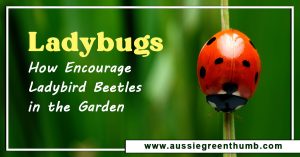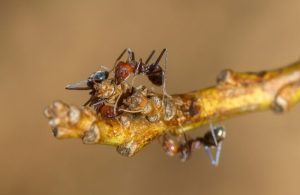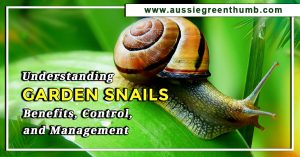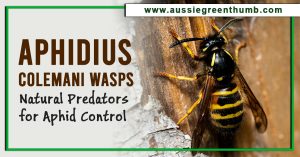Slaters, Woodlouse, wood lice, sowbugs, pill bugs – it doesn’t matter what you call them we’re all talking about the same bug. Lift a piece of rotting wood and 10,000 of them scurry off to the safety of another dark abode.
Yet their reason for existence is not widely known and some gardeners will reach for the spray-can to rid themselves of this seemingly tyrannical pest quicker that you can say “I think they may beneficial”.
More...
Do Slaters have a Place in Our Gardens?

My 5yo daughter is enamoured with them, befriending any that she can catch and always asking the question “Can I keep it, Daddy?” As a bug, woodlice are peculiarly un-buggish. They don’t slime like snails, nor nip like millipedes.
They’re not hairy, nor slithery and they don’t look frightening like spiders. They just scoot around on their tiny legs with antennae waving about at a million miles a second.
Regardless of whether we like them or not, if your garden is healthy – that is, it contains composts, leaf litter, mulch and any other rotting natural ingredient – then chances are that a few million have taken up residence.
Wherever you find worms you’re likely to find woodlice and even where you don’t find worms, you’ll find slaters.
Benefits of Slaters in the Garden
Woodlice are an important bug for our gardens. Their favoured habitat is one where it’s dark, full of decaying material and usually very moist. Often when I turn the compost pile I find millions of them scurrying back into the dark recesses of the heap.
They remain in the pile churning through all the refuse and turning it into rich humus, a readily prepared resource for my plants. So why the different names?
I’m unsure as to how they came to be called “slaters” but the other two names are easy to understand. Woodlice are as the name assumes – lice-like bugs that are often found in rotting wood.
Woodlice that roll themselves into a ball when frightened are part of the Armadillidiidae family while those that don’t belong to the Porcellionidae family – (porcelli = little pig; sow = female pig, hence sowbugs). Make sense? I knew it would.
Wrapping Up Our Guide to Slaters
So before you reach for the Baygon® when you next see a small population of these, consider whether you would do the same if you came across a bunch of earthworms? They may look different, but they primarily do the same task in your garden. Consider Slaters as a friend.
Published on June 5, 2023 by AGT
Last Updated on October 9, 2023




